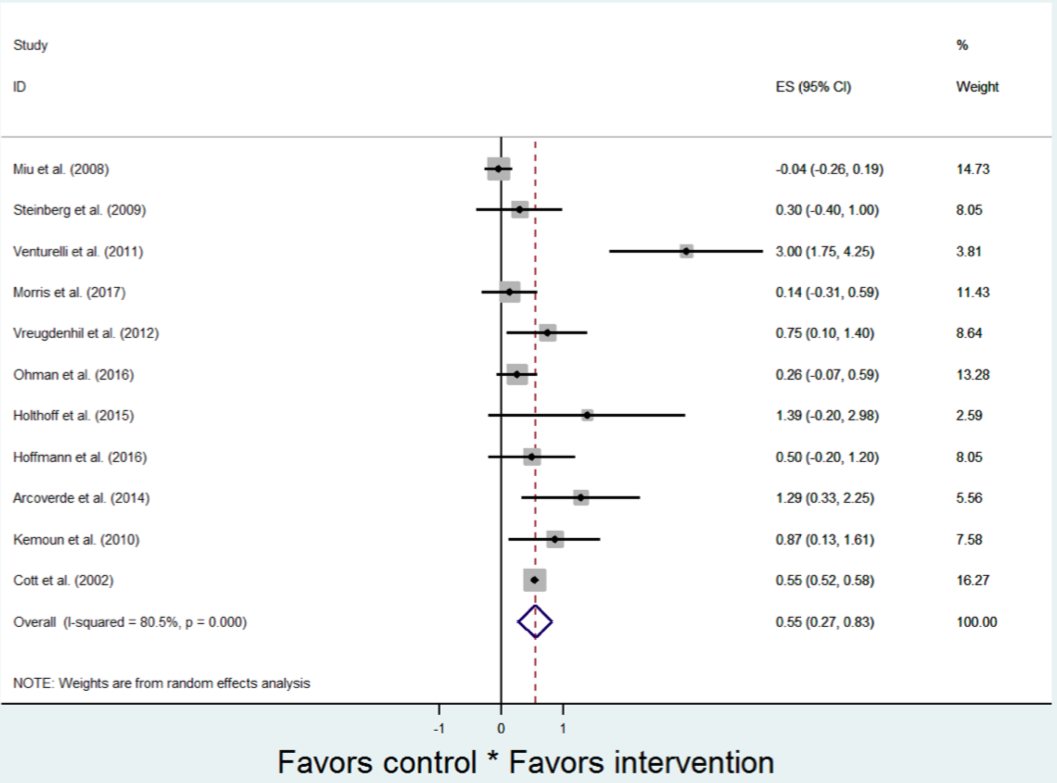Background: Alzheimer disease (AD) is characterized by cognitive impairment including memory impairment, executive dysfunction, visuospatial impairment, and behavioral changes. Previous studies have shown that increasing level of physical activity serves as a protective factor against progression of AD. This study aims to assess the effect of long-term physical activity on cognitive function and identify whether the impact relies on types (aerobic versus anaerobic), and duration of physical activity in patients with AD.
Methods: Alzheimer disease (AD) is characterized by cognitive impairment including memory impairment, executive dysfunction, visuospatial impairment, and behavioral changes. Previous studies have shown that increasing level of physical activity serves as a protective factor against progression of AD. This study aims to assess the effect of long-term physical activity on cognitive function and identify whether the impact relies on types (aerobic versus anaerobic), and duration of physical activity in patients with AD.
Results: The search strategy identified 2215 articles, of which 11 studies for a total of 684 participants were selected for analysis. Five studies utilized a combined therapy of both aerobic and anaerobic exercises, and 6 studies only aerobic exercise. All studies had an intervention duration of greater than 12 weeks. As for control group, 8 studies conducted standard care, 2 studies stretching, 1 study home safety training and 1 study walk-only visit. A significant positive correlation was found between long-term exercise and overall cognitive function in patients with AD (p<0.001, 95% confidence interval [CI] 0.273 to 0.831). The effect was driven by interventions that included varying combinations of aerobic and anaerobic exercises. No significant relationship between cognitive function and duration of physical activity was discovered (t=0.34, p=0.744).
Conclusions: Combination of aerobic and anaerobic physical activities is a feasible method of improving cognitive impairment in AD patients.

